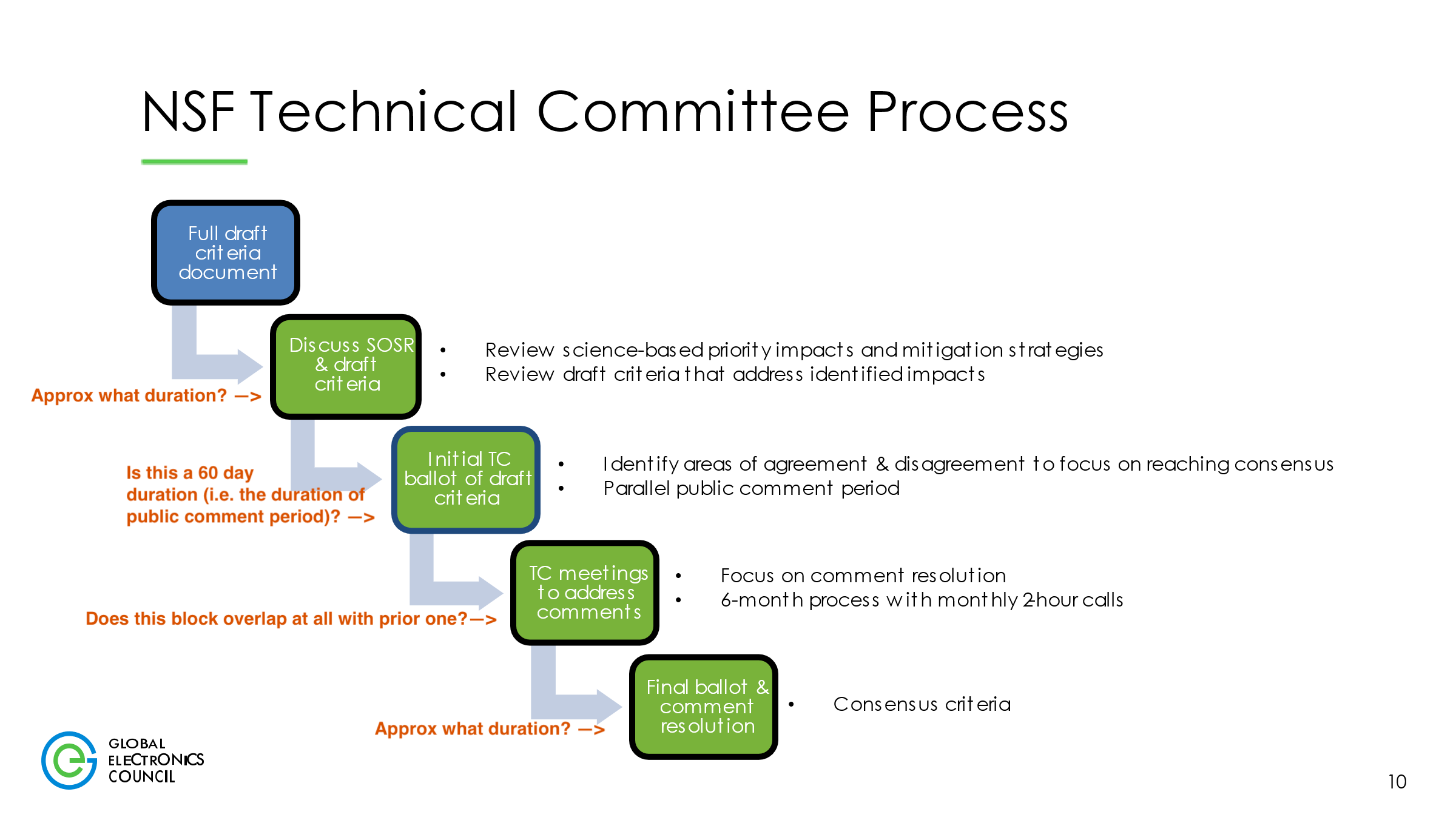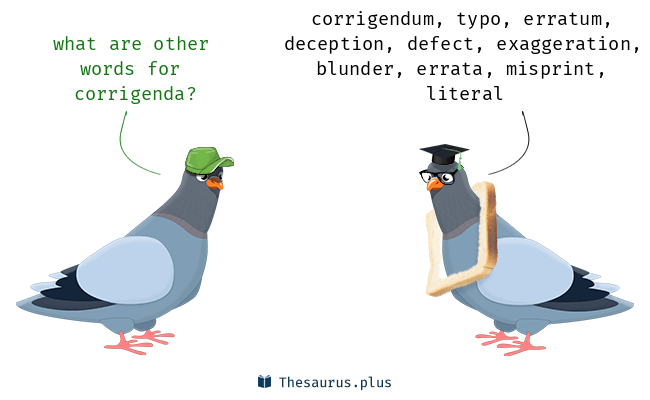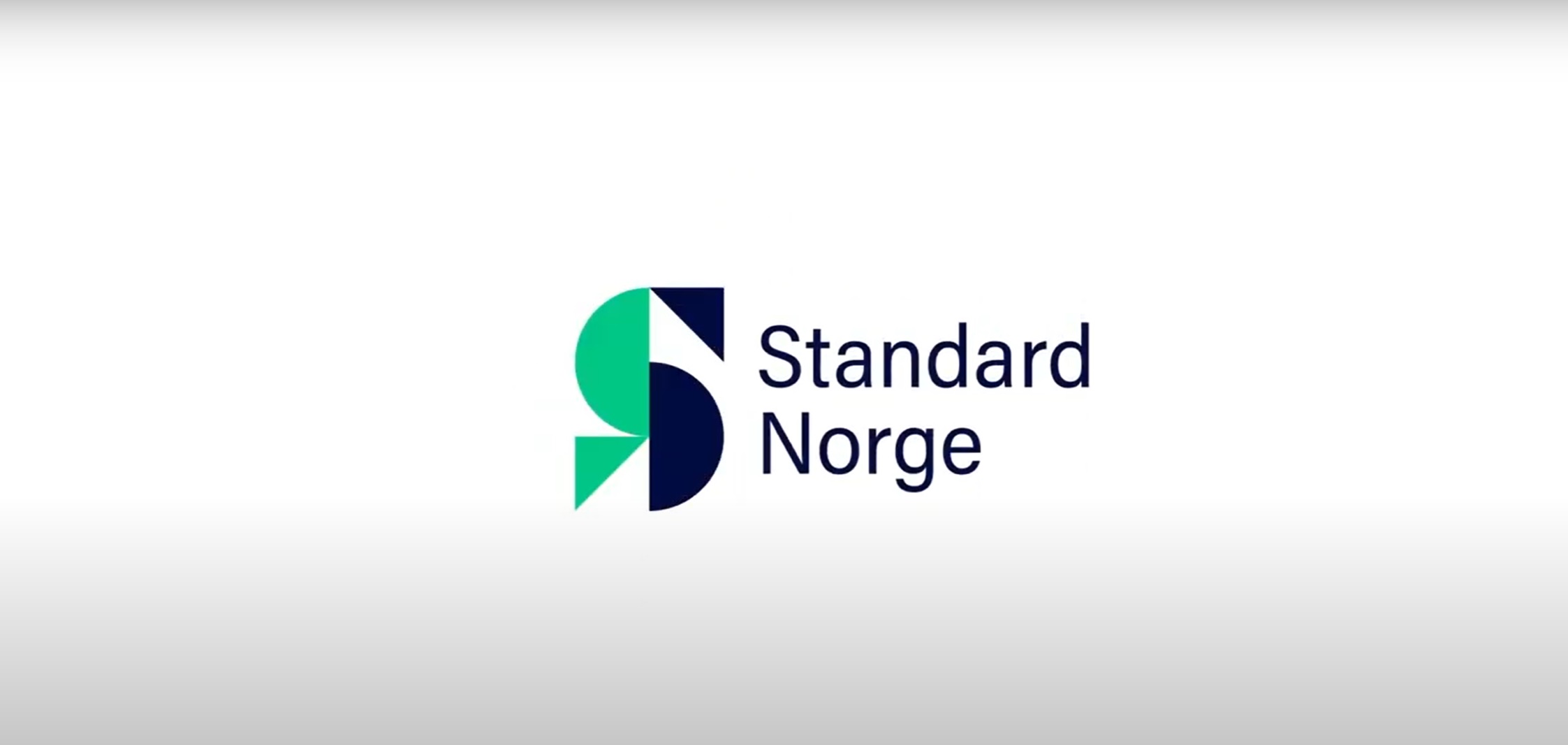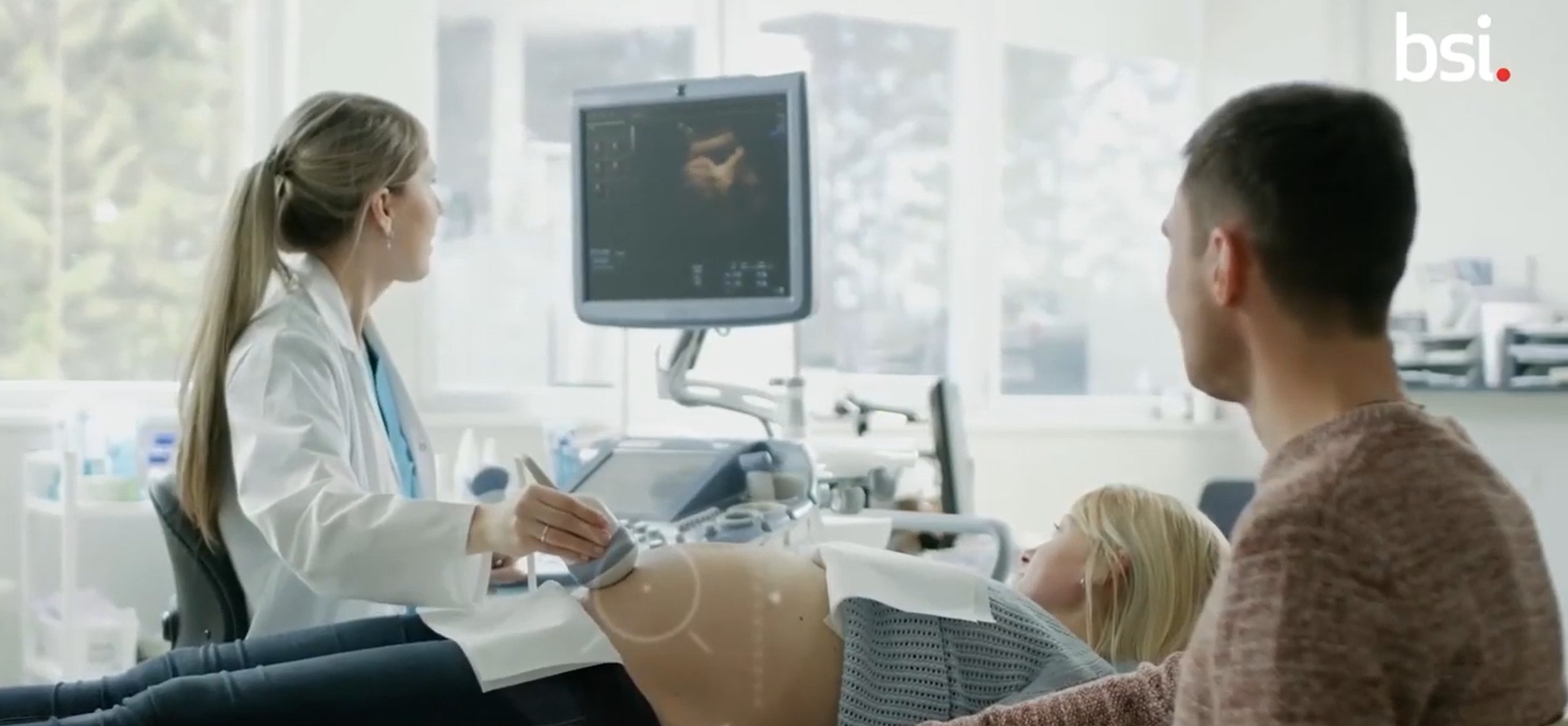LIVESTREAM: 95bFM
- Home Page 366

Corrigenda
- You may need to refresh and/or restart your browser to synchronize with the UTC clock on our home page.
- Content found on this site moves swiftly; coded to update automatically every 2 hours. When technical content is in the process of being updated we place password protection on the post and release it ahead of the colloquium
- The University of Michigan Google Sites platform where content dating back to 1993 is being migrated into is upgrading onto the New Google Sites. Some workspaces that we make available to the public inaccessible temporarily.
- We use single word mnemonics — often in non-English languages — to maintain order in this content management system.
September 25:
June 1:
Error free for May and April. Keep in mind that we occasionally default to using GoToMeeting teleconferencing only.
March 31:
We were at the University of Michigan Dearborn campus touring the Henry Ford Hydropower Plant and unable to host the regularly scheduled Radio colloquium at 11:00 AM/E. There were no commenting opportunities on any regulation or standard. See our CALENDAR for the next online meeting; typically on a Friday every other month.
November 14:
APCO – Association of Public-Safety Communications Officials-International
Title of Standard BSR/APCO 3.103.3-202X The November 4, 2022 PINS notice mistakenly listed an incorrect Title for BSR/APCO 3.103.3-202X. The proper Title is “Minimum Training Standards for Public Safety Telecommunicators” (revision and redesignation of ANSI/APCO 3.103.2 -2015). Please direct inquiries to: Mindy Adams; apcostandards@apcointl.org
August 30: (revised)
August 20:
Since the most recent WordPress version upgrade we see content slow to load; likely owing to plug-ins and widgets also needing a corresponding upgrade. “We’re working on it.”
August 15:
Andrew Green added to Contacts. Drew was our first web site designer; since moved on to private industry but happy to share his expertise and insight into content management systems.
June 1:
Our default teleconferencing facility is GoToMeeting; with Zoom as a backup. We typically run both every day at the appointed hour of our colloquium (which will slip and hour or two depending upon local daylight savings regulations. When you do not see Zoom up and running then click into the Zoom credentials.
April 1: We have suspended our migration to MURAL because of found limitations in access speed.
March 21: Daylight savings regulations differ slightly across all time zones. Click UTC TIME NOW on our Colloquium login page to confirm the start of the day’s task of “code writing and vote getting”.
March 4: There were WordPress problems worldwide on March 3rd. Our Nursing content did not update evenly across all time zones. As time permits, we will include Nursing Facility content on March 28th during our regularly scheduled Health standards colloquium.
February 14:
Lorem ipsum. Still transitioning to MURAL
January 3:
Lorem ipsum.
October 10:
We did not have time to review the Standards Administration of China’s proposal for a new field of technical activity in Heat Supply Networks ahead of our Hello World! colloquium. The proposal is linked below and we will organize a response to it during Tuesday’s colloquium during ANSI’s World Standards Week.
October 7:
We will update this post weekly although it may not be visible on our landing page. We have added a new post — Calls & Letters — which features content that responds to a selection of the queries we receive from time to time. As always, we are mindful that some of our clients require us to be circumspect and we are respectful of that requirement.
August 9:
Nearly two years ago we submitted a recommendation to ANSI regarding a proposed Laboratory Design standards committee. We were not aware of the status of the proposal until now. Technical Committee ISO/TC 336 now shows up in the link below:
Our participation and coverage ended when we learned ANSI would not be participating. Apparently that has since changed; the circumstances of the pandemic likely influencing the decision. We maintain all ISO titles on the standing agenda of our periodic Hello World! colloquia. See our CALENDAR for the next online meeting, open to everyone.
July 21:
The Energy Colloquium was hosted on GoToMeeting only (technical problems). Colleagues who clicked into Zoom are welcomed to send an email for a summary.
June 9:
The University of Michigan Google Sites facility which we have used for nearly 20 years is undergoing an upgrade. We park provisional content from the most recent International Code Council meetings on the Group A Codes here until we have proved that the upgraded Google site will keep the structure of our site, and all our content dating back to the early 2000’s, remain intacts. It’s been a rough start. We are not fans of the block editors; period.
BCAC Public Comment Proposals June 9 meeting
BCAC Public Comment Proposals May 26 meeting
June 2:
The attachment from the US Army Corps or Engineers relevant to the Homeland Security electrical power reliability project was not available at the time of the meeting although it was discussed.
May 20:
Paul’s NIST grant content is now available. We will roll in into the agenda of the next Mobility colloquium:
May 13:
Not available at the time of yesterday’s Recycling Colloquium because of conflict with ANSI Company Member Forum Meeting
May 4:
(Follow up)
Minutes from last week’s NSF Food Equipment meeting in Ann Arbor:
Meeting Summary – TG on Food Equipment Fabrication – 2021-05-04 – final (1)
We will log these into the NSF workspace before next month’s Food colloquium
New update alert! The 2022 update to the Trademark Assignment Dataset is now available online. Find 1.29 million trademark assignments, involving 2.28 million unique trademark properties issued by the USPTO between March 1952 and January 2023: https://t.co/njrDAbSpwB pic.twitter.com/GkAXrHoQ9T
— USPTO (@uspto) July 13, 2023
Standards Michigan Group, LLC
2723 South State Street | Suite 150
Ann Arbor, MI 48104 USA
888-746-3670



















